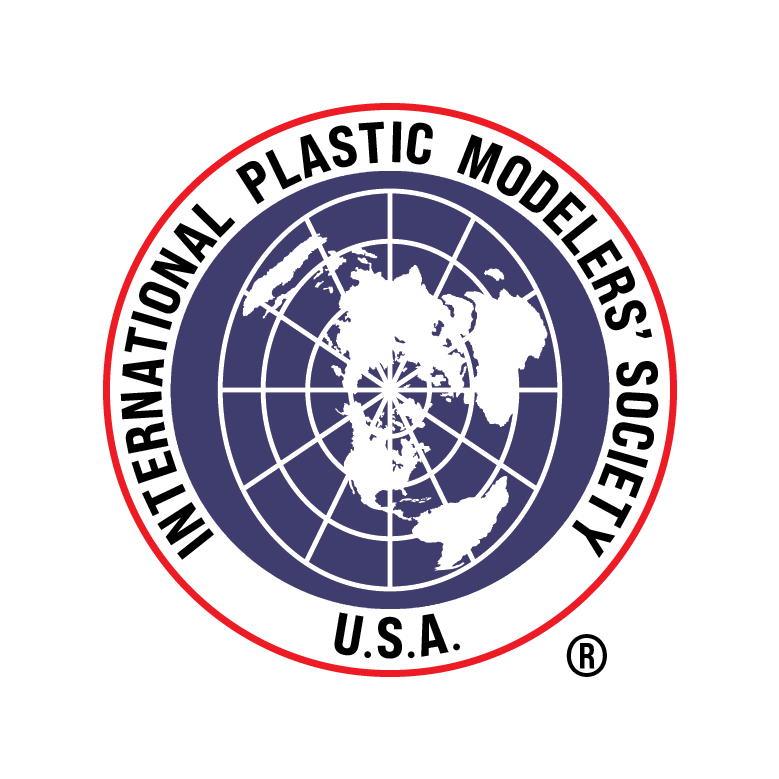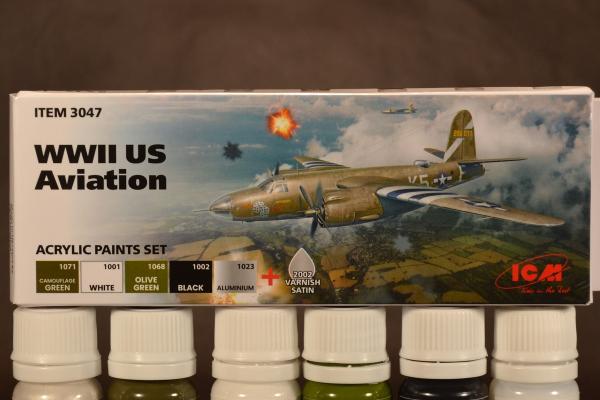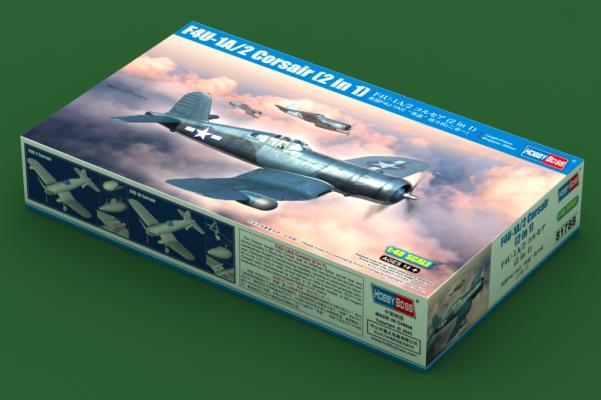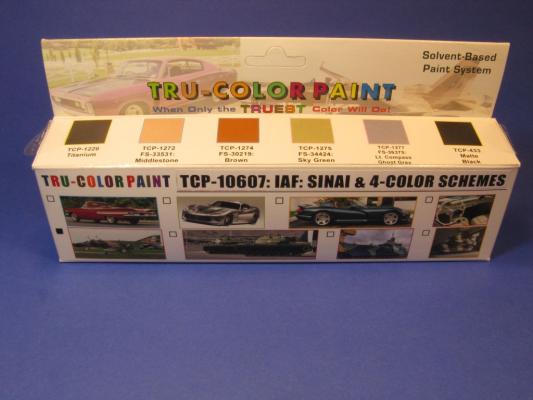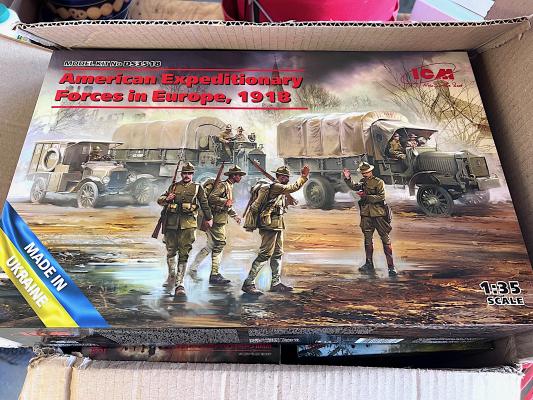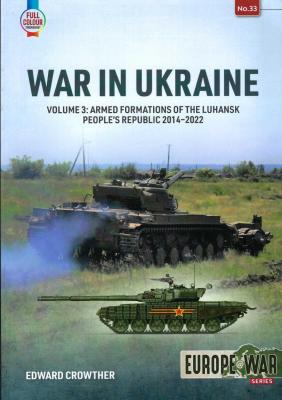ICM is a hobby company based out of Ukraine. They have provided IPMS-USA a six (6) bottle acrylic paint set for review.
In the Box
The paint set contains six (6) 12ml bottles with nontoxic water based acrylic paints. The following colors are provided:
- Camouflage Green (1071)
- White (1001)
- Olive Green (1068)
- Aluminum (1023)
- Black (1002)
- Varnish Satin (2002)
Straight out of the bottle, the paint’s viscosity is thick and purposely prepared for brush painting. The instructions do recommend thinning 40-60% with water or thinner for airbrushing. All surfaces are recommended to have primer applied prior to painting. Volume wise, the paint takes up about 70% of the bottle and has “room” to add thinner if so desired.
Note, the bottles are not the usual dropper style (think Vallejo) but a twist off cap and a large opening to allow brushes to enter the bottle.
